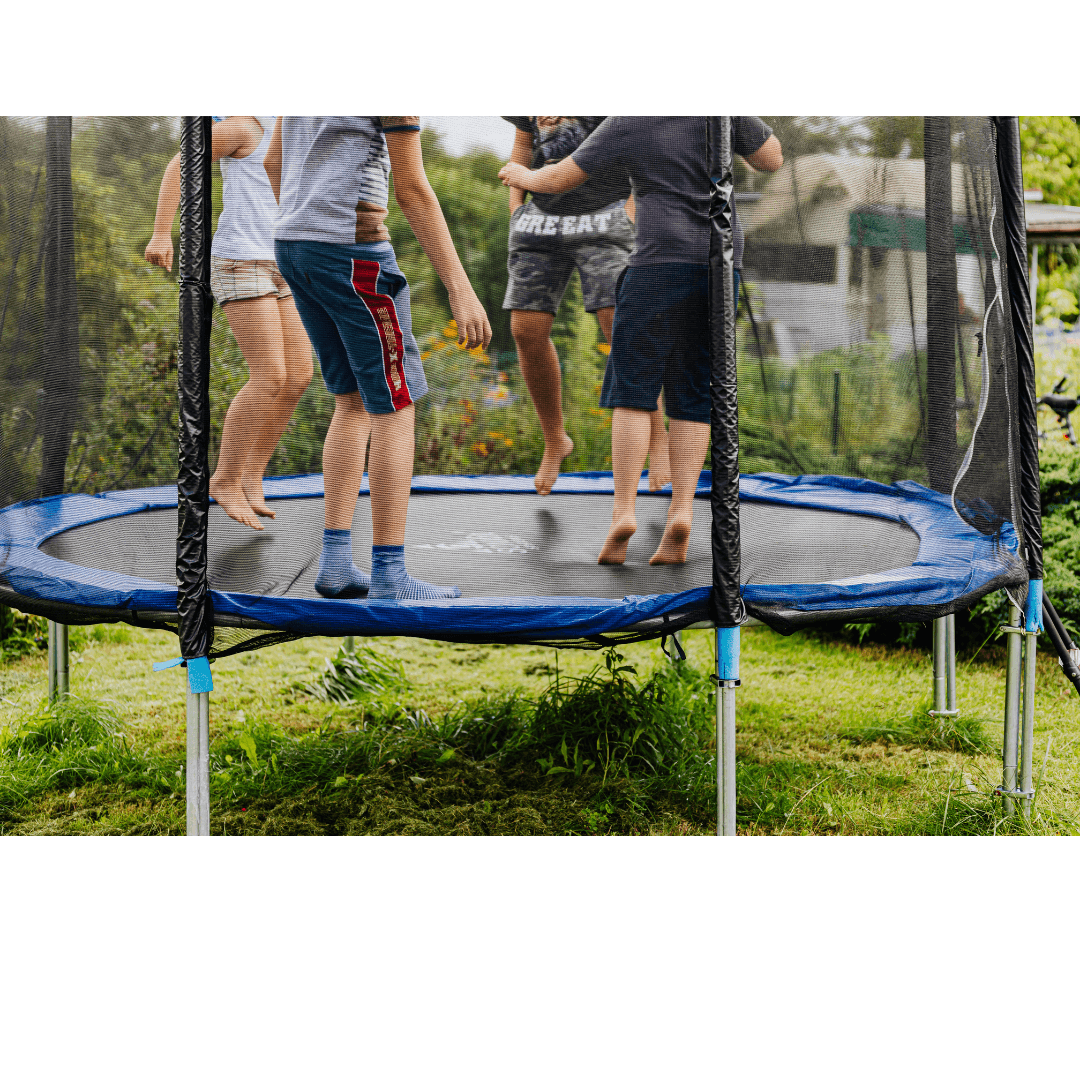Organic Deodorant for Kids
 Organic deodorant for kids
Organic deodorant for kids
Choosing an organic deodorant for kids can be tricky. You may have noticed your child smelling pretty strongly and are unsure where to go for something safe and effective. Let’s talk about your child’s development as it relates to body odor.
There are two types of sweat glands in the body: eccrine and apocrine. Eccrine sweat glands excrete little more than water and salt. Eccrine sweat glands cover the body, face, etc, and are functioning when we’re born. Apocrine sweat glands are a little different. They reside in the underarm and groin and excrete a more complex combination of substances: water, urea, fatty acids, amino acids. Bacteria on the skin then feed on this complex blend of sweat compounds and emit odors. Apocrine glands don’t start functioning until we start to hit puberty.
When apocrine glands are starting to develop, for the first year they may excrete more material than usual. The result — a smelly child! That first year will be especially pungent as those glands develop. Apocrine gland development is usually one of the first stages of puberty.
 So what should you look for in an organic deodorant for kids? No natural substance will keep them from sweating, only an aluminum/based antiperspirant can do that. So using a product with an absorbent powder will help control sweat and thus bacterial growth. Examples of absorbent powders are arrowroot powder, corn starch, and clays.
So what should you look for in an organic deodorant for kids? No natural substance will keep them from sweating, only an aluminum/based antiperspirant can do that. So using a product with an absorbent powder will help control sweat and thus bacterial growth. Examples of absorbent powders are arrowroot powder, corn starch, and clays.
You will want something without artificial fragrance. Many artificial fragrances contain hormone-disrupting chemicals like phthalates, which may be harmful during this susceptible time of development. Other xenoestrogenic compounds to avoid are parabens, aluminum chlorohydrate, & phenoxyethanol.
You’ll also want to choose something that naturally addresses bacterial growth. Essential oils can act to slow odor-causing bacteria. Alkaline substances such as baking soda can also slow bacterial growth by slightly raising the pH of the underarm to make it inhospitable to acid-loving bacteria. Choosing a formula with a low percentage of baking soda will prevent irritation but keep odor under control. Certain zinc compounds can have a bacteriostatic effect as well.
If your child is younger when they start to develop odor, you probably want something that’s easy to apply and can be reapplied throughout the day as needed. Because of the bacterial load on the skin and with how active children are, it can be a realistic expectation to reapply. Choosing a safe formula without fragrance, aluminum, or petrochemicals will allow reapplication as needed.
Are there scents of organic deodorants that work better for children?
Kids and teens are as unique as adults when it comes to body chemistry. There’s not one formula that’s going to work for every child, as each little human has a different blend of compounds in their sweat and different bacterial makeup on their skin. You’ll want to get your child’s input on which scents appeal to them, as they’ll be more likely to actually use the deodorant if they like the way it smells.
In Summary:
- Choose a product with absorbent powder
- Avoid artificial fragrances and parabens
- Look for actives like baking soda and essential oils
- Choose a scent your kid will actually use
From our line of products, we recommend our Pit Perfect Organic Deodorants. They're certified organic, so you know they're pure and safe for growing bodies. All of our deodorants are safe for kids, teens, adults, and even during pregnancy and breastfeeding. Pit Perfect is nut-free, gluten-free, and use just a touch of baking soda to stave off odor. Plus they're easy to apply and travel well. Learn More
